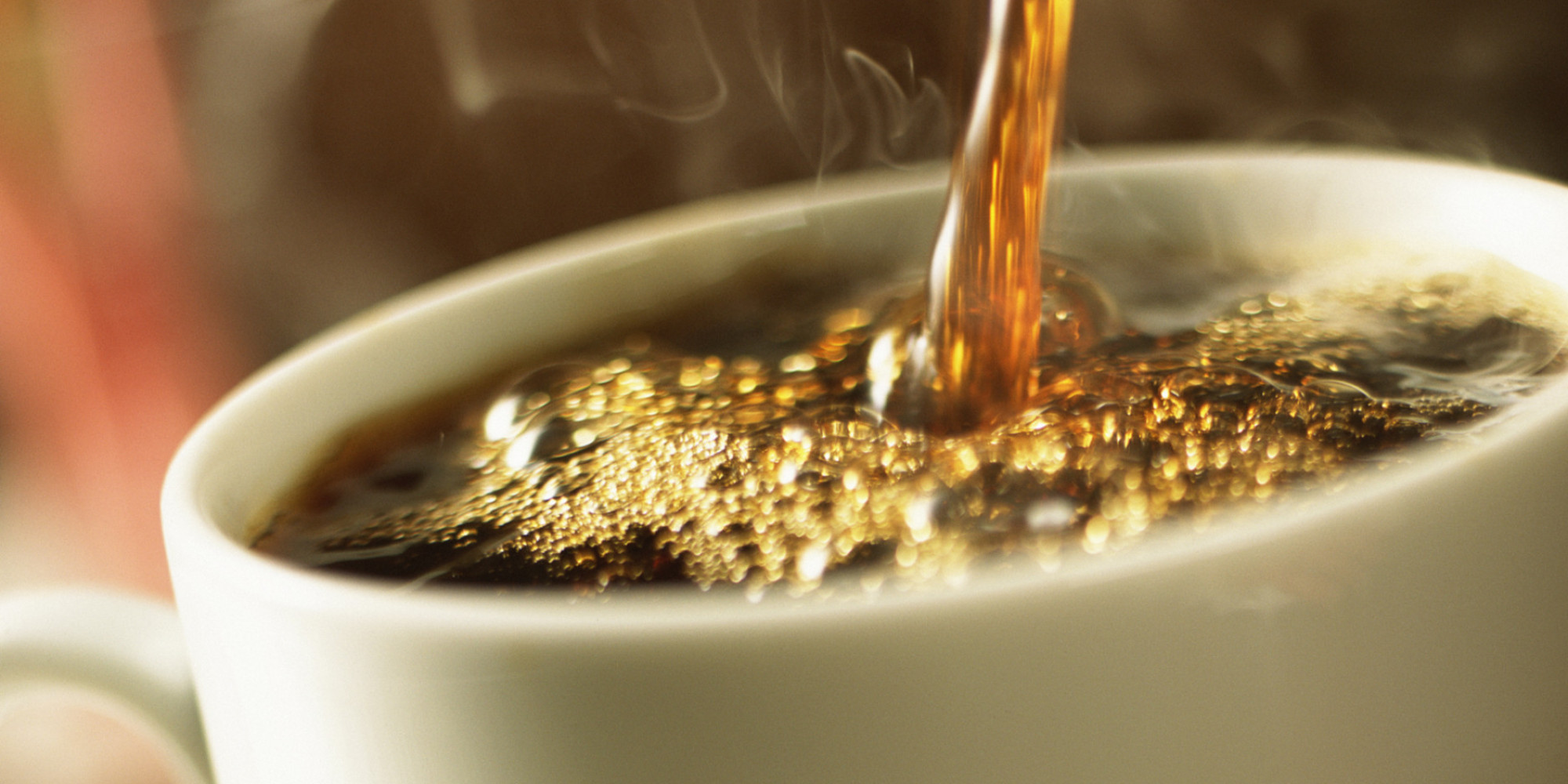
The espresso drink as we know it today, goes back to 1947, when Gaggia presented the original device capable of producing consistent high pressure throughout the shot pulling. The equipment was called Gaggia Crema Caffe and was meant for typical business usage. Before the Gaggia Crema Caffe virtually every commercial and customer espresso machine was steam driven, similar to the modern day moka pot maker.
The article appeared originally here - Click here for more
Espresso is a rich, concentrated coffee drink. The common offering, a shot, is brewed by pushing pressurized hot water through finely ground coffee beans.
Espresso has a thicker consistency than coffee prepared by various other brewing methods. It has a greater concentration of suspended and dissolved solids and crema.
Espresso has all of the same flavors of coffee but magnified-- bitter, lightly sweet, acidic, toasty. The specific aroma profile will vary depending on the coffee roast. It has a thicker, creamier consistency than drip coffee.
Espresso isn't an unique coffee bean, although roasters may have a special process for beans destined to become espresso. Roasters may choose to utilize premium robusta beans to incorporate an added kick of caffeine.
Espresso or Expresso-- Utilize the Right Name
The spelling expresso is normally considered wrong, though some sources call it a less common variant. Italy utilizes the term espresso, substituting s for many x letters in Latin-root words; x is not considered part of the typical Italian alphabet. Italian individuals commonly refer to it merely as caffè (coffee), espresso being the normal coffee to get; in Spain, while coffee shop expreso is seen as the a lot more "official" denomination, coffee shop solo (alone, without milk) is the usual means to ask for it when at an espresso bar.
Espresso Preparation
Espresso is prepared by pressing hot water through a layer of compressed ground coffee, had in a port-filter. Espresso is a very concentrated coffee, with a great deal of body, aroma, and aroma. It has a great deal of coffee oils and solids. The most distinguishing characteristics of espresso are the foamy layer on top and the low quantity of the drink. Pulling a shot of espresso needs training and understanding, have a look at our espresso brewing overview, for a comprehensive tutorial.
The preparation of espresso is what actually sets it apart when it comes down to it. Other techniques of brewing take time since they depend on the slow filtering of hot water through your coffee grounds. This indicates several minutes between you and a fresh mug of coffee.
Espresso devices pressurize and push near-boiling water through finely-ground coffee beans loaded into a compacted coffee bed. This technique offers you a complex, aromatic, and caffeine-packed shot of coffee in under thirty seconds.
When brewed properly, the espresso under the crema will have a special, rich taste, silky mouthfeel, and aromatic scent. The much shorter duration of water exposure draws out less acid than other brewing methods while still keeping 60% to 70% of the caffeine in the last cup.
So although espresso takes just 30 secs to make, it still offers a considerable quantity of caffeine. The process also maintains a lot more volatile and aromatic coffee oils that you won't find in your standard mug of coffee.
Caffeine Content in an Espresso Shot
While espresso has the reputation of being high in caffeine, it all depends on how much you drink. Since the beverage tends to be served in smaller sized servings than drip coffee, it can occasionally end up having less caffeine than common, made coffee. Triple and double shot beverages and mixed drinks like red-eyes can up the caffeine level dramatically.
Espresso has 29 to 100 milligrams of caffeine in a single shot, usually hovering around 75 milligrams. A double shot contains 58 to 185 mg. For contrast, a cup of drip coffee can contain 80 to 200 mg of caffeine depending on the variety and preparation method.
Espresso has all of the same aromas of coffee but intensified-- bitter, lightly sweet, acidic, toasty. Italian people generally refer to it merely as caffè (coffee), espresso being the normal coffee to order; in Spain, while café expreso is seen as the a lot more "formal" denomination, café solo (alone, without milk ) is the typical way to ask for it when at an espresso bar.
Espresso coffee is prepared by pushing hot water through a layer of compacted ground coffee, had in a port-filter. Espresso is a really concentrated coffee, with a lot of aroma, body, and aroma. Pulling a shot of espresso requires training and understanding, take a look at our espresso brewing guide, for a comprehensive tutorial.